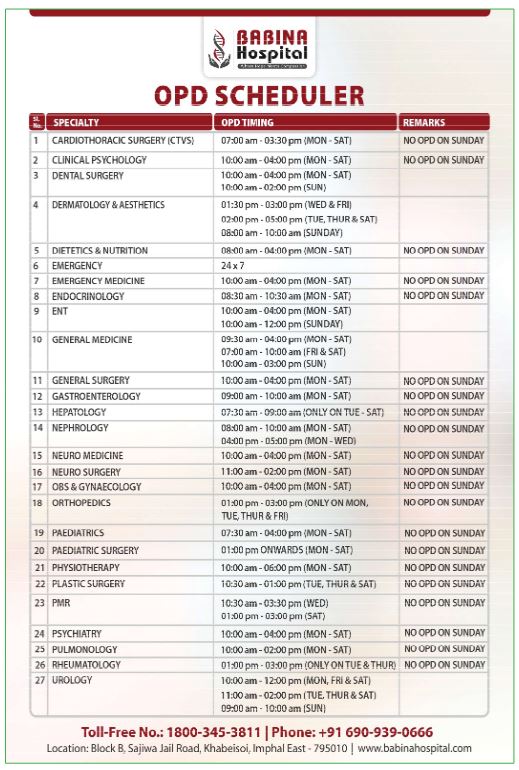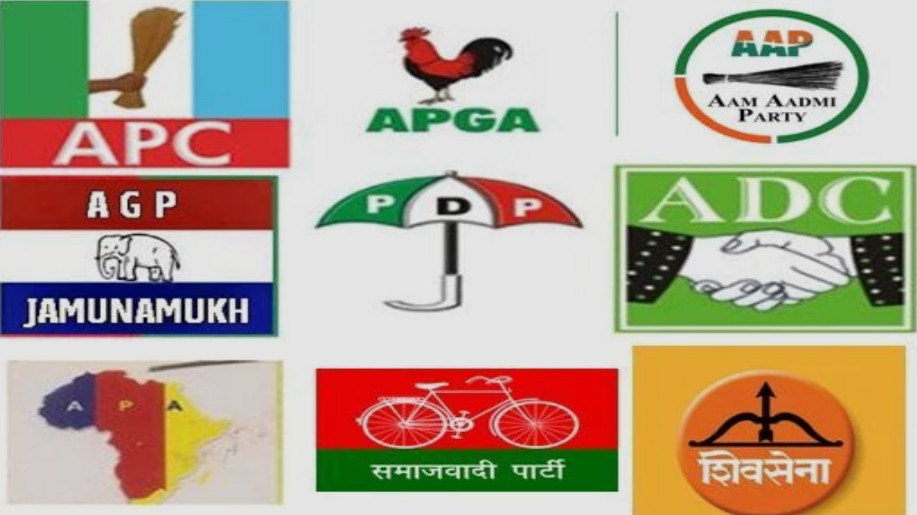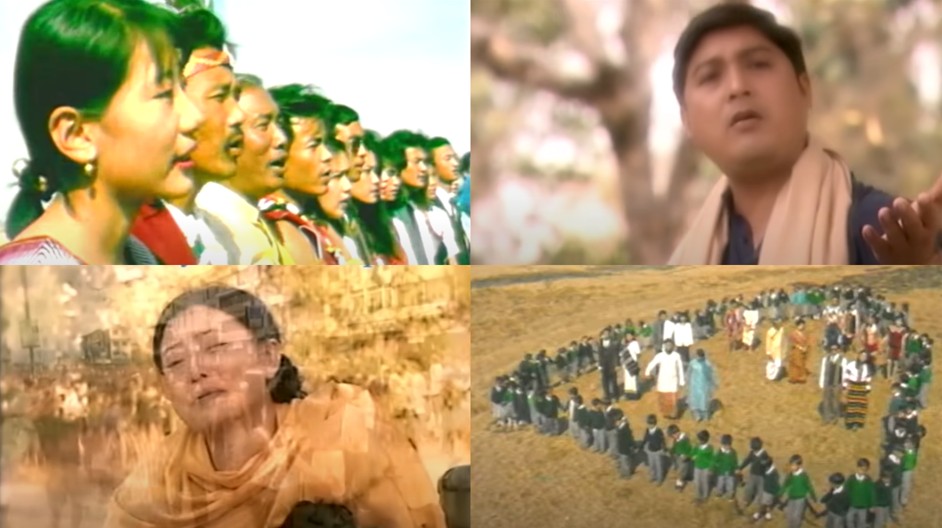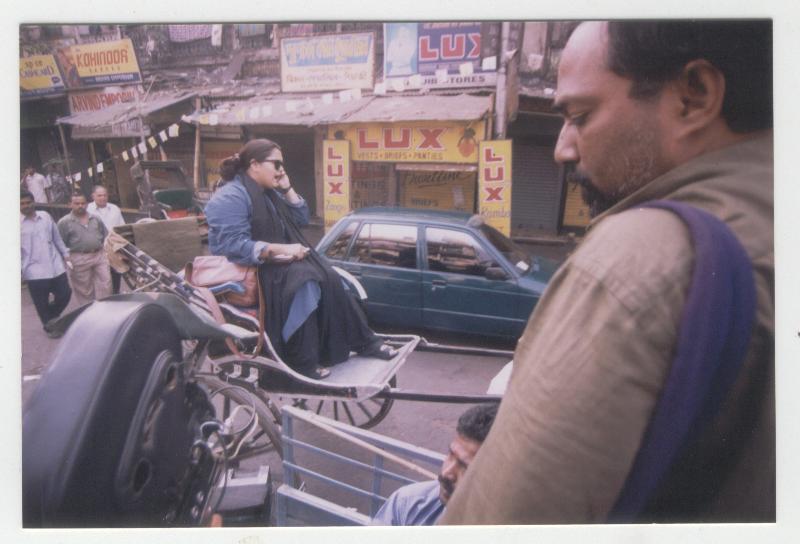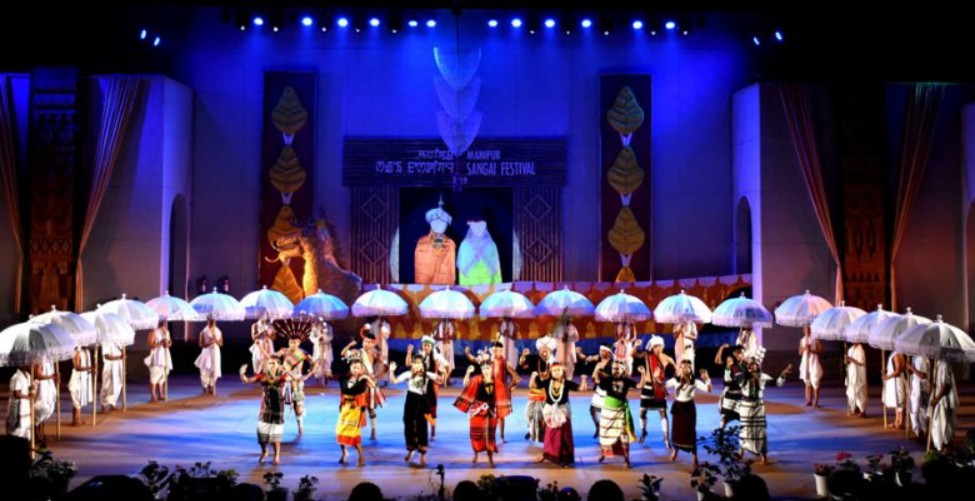Manipur yearns for a strong regional political party. The persisting issues which the multi-ethnic State of Manipur has been experiencing since 1949 drive us towards the serious need for a regional political party that can address the complex co-existential challenges of our time. The collective historical and political identity of Manipur can only be defended and maintained by such a regional politics. Experimentations with national political parties have often resulted into fuelling ethnic polarisation or sectarian politics, fragmentation in the political, social and cultural heritage of Manipur’s composite civilisation. The outcomes have often betrayed popular expectations. Now it is time for a political party that springs from a deeply rooted and interwoven history, politics, society, economy and culture of our region.
A regional political party of Manipur shall be able to represent the collective aspirations of all the communities co-existing in the region. It shall not be ethno-centric neither majoritarian driven. It shall accommodate the diverse aspirations of all the visible and micro communities. The Constitution of such a regional party shall be founded upon a Common Framework of Peaceful Co-existence and Solidarity (CFPS). Crucial components of such a framework shall necessarily consist of three main areas. First is the political representation. A scheme to provide adequate political representation can be formulated by establishing a Legislative Council for all the ethnic groups in addition to the existing Manipur Legislative Assembly. This can empower the micro ethnic groups and instil a sense of fair representation in formulating policies to address their grievances and aspirations for development. Traditional social and cultural institutions shall also be recognised. Representation of each group can also be effectuated by appointments of meritorious candidates to various institutions such as the Manipur University, RIMS, JNIMS, DMU, etc. on a criterion acceptable to all the communities. Second is the equitable sharing of economic resources. There shall be mobilisation of economic resources and fair and equitable allocation based on the specific local needs of each group. Third is the promotion and preservation of language and cultural identity. A scheme for inclusion of the dialects and history of each community into the educational curriculum can be an example.
The bond of such a regional political party shall be established on the basis of fraternity which was envisaged along the lines of the living document, Manipur State Constitution Act, 1947 (MSCA). To the extent that the MSCA sought to maintain equilibrium of symbiotic cohesion, the principles of inter-community co-existence and solidarity can be incorporated into the CFPS. So far the principles of political representation and local autonomy were accepted by all the ethnic communities under the scheme of MSCA during 1947-1949 in the pre-merger period, this proposition may well find acceptability from all the stakeholders.
There shall be fair space to accommodate and to re-negotiate the terms of such political representation and local autonomy for each community given today’s changed circumstances.
As the CFPS will seek to provide a holistic blueprint for the collective security and solidarity of Manipur, the next crucial step shall be towards securing a concrete and stronger position of the political status within the constitutional framework of India. In the context of Centre-State relations and more specifically, India-Manipur relations, the regional political party shall rise to the occasion of re-negotiating stronger terms favourable for Manipur. This shall necessarily be premised upon the historical and political circumstances that led to establishing constitutional relationship between Manipur and India. Tracing from the recent past, the North-Eastern Re-organisation Act, 1971 (NEA) which sought to re-establish Manipur as the ‘new’ State becomes pertinent to mention. Section 3 of the NEA recognises Manipur’s historical and political status before the commencement of India’s constitution which is reflected in Entry Number 19 of the First Schedule of the 1950 Constitution of India. It stated “The territory which immediately before the commencement of this Constitution was being administered as if it were a Chief Commissioner’s Province under the name of Manipur”.
The recognition provided to Manipur under India’s constitution is fundamental in understanding the nature of relationship between the two entities. Besides these post-constitutional recognitions, two other fundamental instruments that adequately inform India-Manipur relations were the Merger Agreement (MA) and Instrument of Accession (IOA) signed on 21st September, 1949 and 11th August, 1947 respectively. While the MA transferred the full authority for the administration and governance of Manipur to the Dominion Government of India, the IOA sought to cede to India three subjects of defence, external affairs and communications without committing Manipur to accepting to the 1950 India’s Constitution and also without losing its sovereignty.
MA is strongly contested as illegal and without constitutional validity for violations of the established norms relating to UN Charter Principles, treaty negotiation, Manipur State Constitution Act, 1947 and for subsequent non-ratification by both the parties. Besides Manipur has adopted the position of a persistent objector to India’s forcible integration since 1949 through various people’s platforms and resolutions. The immediate link between Manipur’s historical and political identity as an independent entity and India’s occupation in 1949 is provided by the Manipur Administration Order of 15th October, 1949 (MAO) by which the Dominion Government of India through the then Chief Commissioner unilaterally dissolved the constitutionally established Manipur National Parliament and took over the popular Ministry. All these historical and political records and instruments show the absence of people’s mandate in the integration process. This root explains the causes that plague Manipur till this day. The regional political party’s determination and commitment to re-negotiate the terms of constitutional relationship shall be premised upon these historical and political agreements and instruments which spanned over the periods both before and after India’s 1950 Constitution. It is because such an objective premise is the only way towards securing the distinctive historical and political identity of the multi-ethnic State of Manipur.
Today’s issues of ethnic polarisation are artificially crafted by forces inimical to Manipur’s survival as a distinctive historical and political identity. In an increasingly interdependent world, ethnic compartmentalisation of politics and imagination of ethnic enclaves does not hold good. Manipur’s collective future lies in the hands of politically sensible youths and leaders. Now it is high time to let our collective conscience lose from the high command culture of exercising political power. This is a collective co-existential call.

Assistant Professor, Symbiosis Law School, Pune and can be reached at laishram.mangal@symlaw.ac.in. The views expressed herein are author’s own

